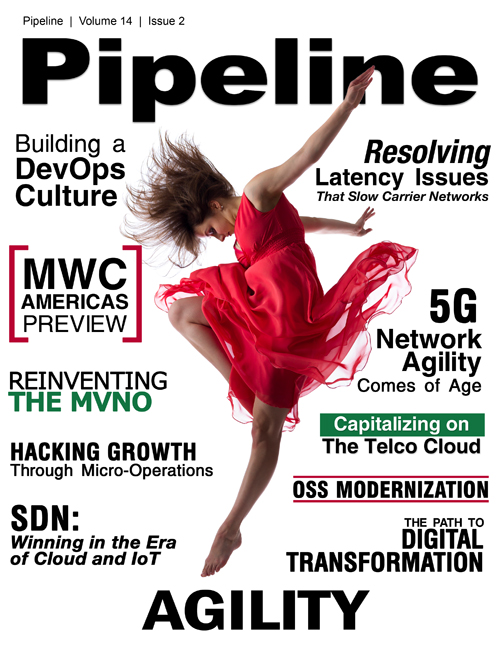A CTO's Thoughts on OSS Modernization
Challenges in the
OSS Modernization Process
There obviously will be many challenges to achieving OSS modernization goals. One is to select and match the right software products with the right architecture and capabilities so that scale up and down can be achieved. Products with symmetric distributed architecture should be considered to ensure scalability, performance, and reliability. Also desirable is an NMS that has all FCAPS (Fault, Configuration, Accounting, Performance, and Security) functions at both the resource layer and the service fulfillment and assurance layer.
Another challenge is to ensure the transformation team consists of operator, system integrator and product vendor — all of whom should have a good understanding of OSS at different layers, as well as other important characteristics: high standards of professionalism, rich experiences in delivering complex OSS systems, and an open mind and dedication to ensuring a seamless transformation.
During the OSS transformation process, it is important to avoid service disruption and dramatic change. That means the transformation process will require solid support from top management teams within not only the operator, but also the SI and product vendor, not to mention extensive support of users inside management teams.
Methodologies for Success
With the large number of existing systems and ever-growing number of network equipment and services involved, it is a fact that the OSS transformation process can be very painful and costly, even it is well planned and implemented. As relevant standards (such as TMN from ITU or the Business Process Framework from TM Forum) separate OSS systems into service and resource layers, OSS transformations should also be done separately at each layer, as previously depicted in Figure 2.
Theoretically, OSS transformation can be done from the bottom up, or top-down, or from all layers at once; however, just like the network protocol stack, the OSS upper layer depends on lower layers, but not the other way around. That means OSS modernization should start from bottom layer. Once the bottom layer is done, then move on to the next layer on top. In other words, the bottom-up approach will reduce the pain in OSS modernization processes and save money in the long run.
The following steps provide an example of how to reduce OSS transformation pain:
Step 1: OSS Modernization at NMS layer — Deploy a single NMS that is capable of managing a network without an EMS. The desired NMS should be, without EMS, capable of network and resource auto-discovery, fault and performance data collection, network-element (NE) configuration, and provide northbound interfaces (NBI) for upper OSS application or service management layers. With the deployment of desired NMS, existing EMS can be removed one by one, thus making the deployed NMS a single NMS for the entire network.
Step 2: OSS Modernization at OSS Layer — Existing fault management, performance management, customer management, and inventory management systems can be integrated with the desired NMS, or the functionalities can be transformed to reside inside the desired NMS. In the case of integration, southbound interfaces (SBI) of existing OSS layer applications can be migrated to adapt to the NBI of the desired NMS. Obsoleted NBIs of the NMS can then be turned off.
Step 3: Service Management Layer Transformation — A single service management system capable of providing all fundamental service management functions and data should be deployed to enable service activation (fulfillment), service problem management, and service quality management (service assurance) for all departments involved in service lifecycles.
Measuring OSS Modernization Success
How can an operator measure the success of OSS modernization? We can take NMS modernization as an example. Existing OSS ecosystems often have multiple enterprise and carrier-grade NMS systems, along with open source solutions.



















